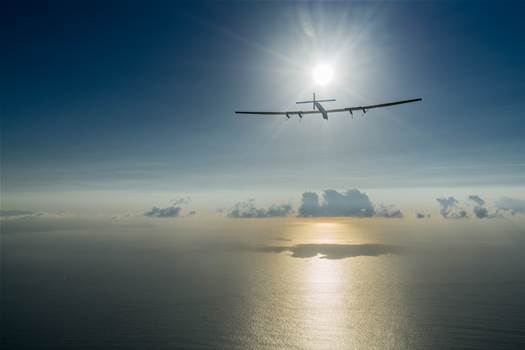
Airships are a big flying deal. While best known for the fiery fate of the Hindenburg in 1937, the 21st century keeps promising newer, lighter-than-air vehicles, with more potential and less tragedy than the first age of zeppelins. Of all the modern airships, few have as storied a history or as great a promise as the Airlander Hybrid Air Vehicle. Originally built for the U.S. Army, then rejected, the vehicle got a new lease on life in the United Kingdom. And now, in an attempt to attract buyers, it's even floating.


October 1, 2020 is an unusual start date for a history of aviation. Many begin in 1903 with the Wright Brothers at Kitty Hawk, or at the human-carrying balloons of the 18th century. The classically inclined may even start with Icarus, the hubristic and tragic character from Greek Mythology. In The Big Book of X-Bombers and X-Fighters, out today, Steve Pace starts instead with the Bell Aircraft Corporation's P-59 Airacomet, the first jet airplane built and flown in the United States.

The Pentagon kills language. Housing the brain and central coordinating organs of the most advanced military the world has ever known, the Depart of Defense headquarters can take an announcement as exciting as “the U.S. Army is working on laser guns” and distill it to, in the words of Mary J. Miller, deputy assistant secretary of the Army for Research and Technology, “aligned to transition into a program of record in the fiscal 2023 timeframe.” Make no mistake: bland phrasing aside, the Army is going to fund laser weapon development in the next decade.

Before NASA put people on the moon and robots on Mars, it was the National Advisory Committee for Aeronautics (NACA), a body created by a 1915 act of Congress to make sure the country that invented flight could regain the technical edge it had lost to Europe. Even after space was folded into its mission and NACA became NASA, it kept “aeronautics” in the name, and for years produced staggeringly bizarre, alien-looking aircraft. These were the X-Planes, and NASA's new budget proposal wants to bring them back.


We were so busy looking at the sky, we forgot to notice the changes happening on the ground. As automation improves, and as sensors get better and people get more comfortable trusting the autonomy of machines, the biggest change to delivery may not be flying unmanned robots, it will be smart package-carrying vans.

















 Previous
Previous
